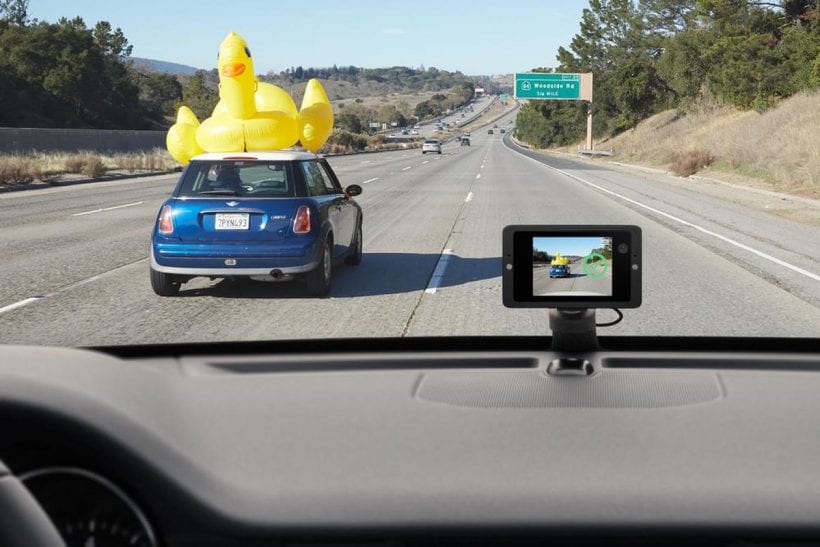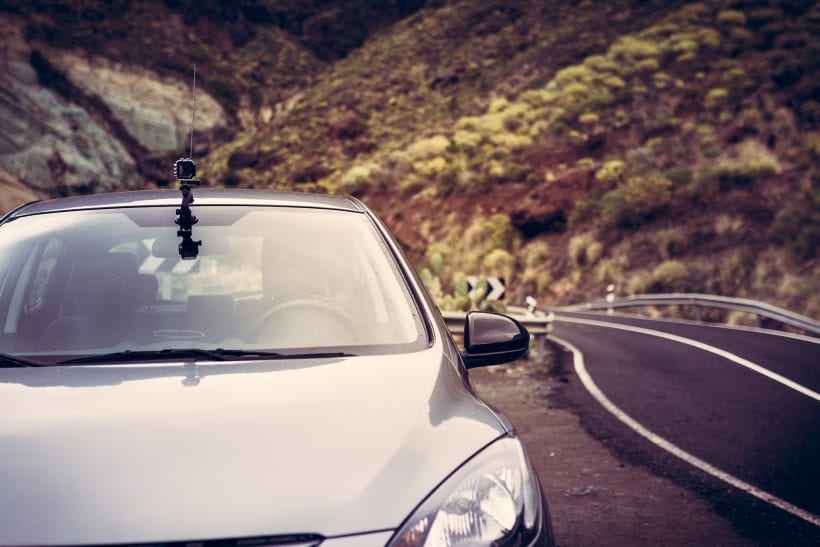According to one recent study, dash cams are only getting more popular as time goes on – almost alarmingly so, in fact. Between 2014 and 2017, for example, the market grew from $18.9 billion in sales to a massive $23.2 billion – equaling a roughly 7% increase. By as soon as 2024, that number is expected to climb to at least $31.7 billion.
But particularly when it comes to consumer-grade hardware, it’s important to understand that not all dash cams are created equally. As is true with so many other types of technology, different units are commonly built to serve different purposes. Therefore, if you truly want to use a dash cam to protect yourself if you’re ever in an unfortunate situation like a car accident, there are a few key features you should look out for.
Buying a Dash Cam: Here’s What You Need to Know
The most important feature that you should carefully examine comes down to the resolution of the camera itself. For the best results, buy a dash cam capable of recording in full 1080p high definition quality. 720p is still technically high definition and while it’s certainly better than nothing, it will lack the sharpness and fine detail that could mean the difference in a court of law.
Another feature you’ll want to at least explore has to do with an embedded GPS chip. This allows the dash cam to “geotag” the recording with accurate location and time information, which can again be useful should you ever need to present your footage as evidence as a part of a trial.
One of the more modern features that you’ll want to pay attention to comes by way of “parking mode” – something that has debuted on even entry-level models over the last few years. Essentially, dash cams with “parking mode” go into a standby mode when the engine of your car is turned off. If any type of vibration is detected, however – like if someone backs into your car in a parking space – the camera will turn back on and begin to record for a short period of time. This can be a way to instantly find out if your car was hit while it was parked on the street. More sophisticated models will even send you an email or a push notification on your phone should this type of event occur.
Finally, you’ll definitely want to consider some type of wireless streaming functionality – which is every bit as impressive as it sounds like. If you own a set of wireless security cameras for your home or business, you’re likely already familiar with how this works. Any footage that the dash cam records is also streamed over a wireless Internet connection to a cloud-based server. Not only do you then not have to worry about losing out on important footage because the memory card is totally full, but you can also pull up a live feed at any time from a companion smartphone app or Web browser. This feature would be particularly useful if you also wanted to use your dash cam to keep an eye out on a teenage driver, for example.

Regardless, it’s clear that a dash cam is only going to become a more valuable investment as time goes on. Not only can you get an entry-level unit for under $100 in a lot of cases, but they can also unlock instant savings from your car insurance provider, too. When you look at it from that perspective, the purchase will likely pay for itself in just a few short months AND you’ll be protected from a “he said, she said” situation if you’re ever in some type of car accident.
With all of these things considered, it’s clear that dash cams are quickly becoming the type of purchase that most drivers probably can’t afford NOT to make.


